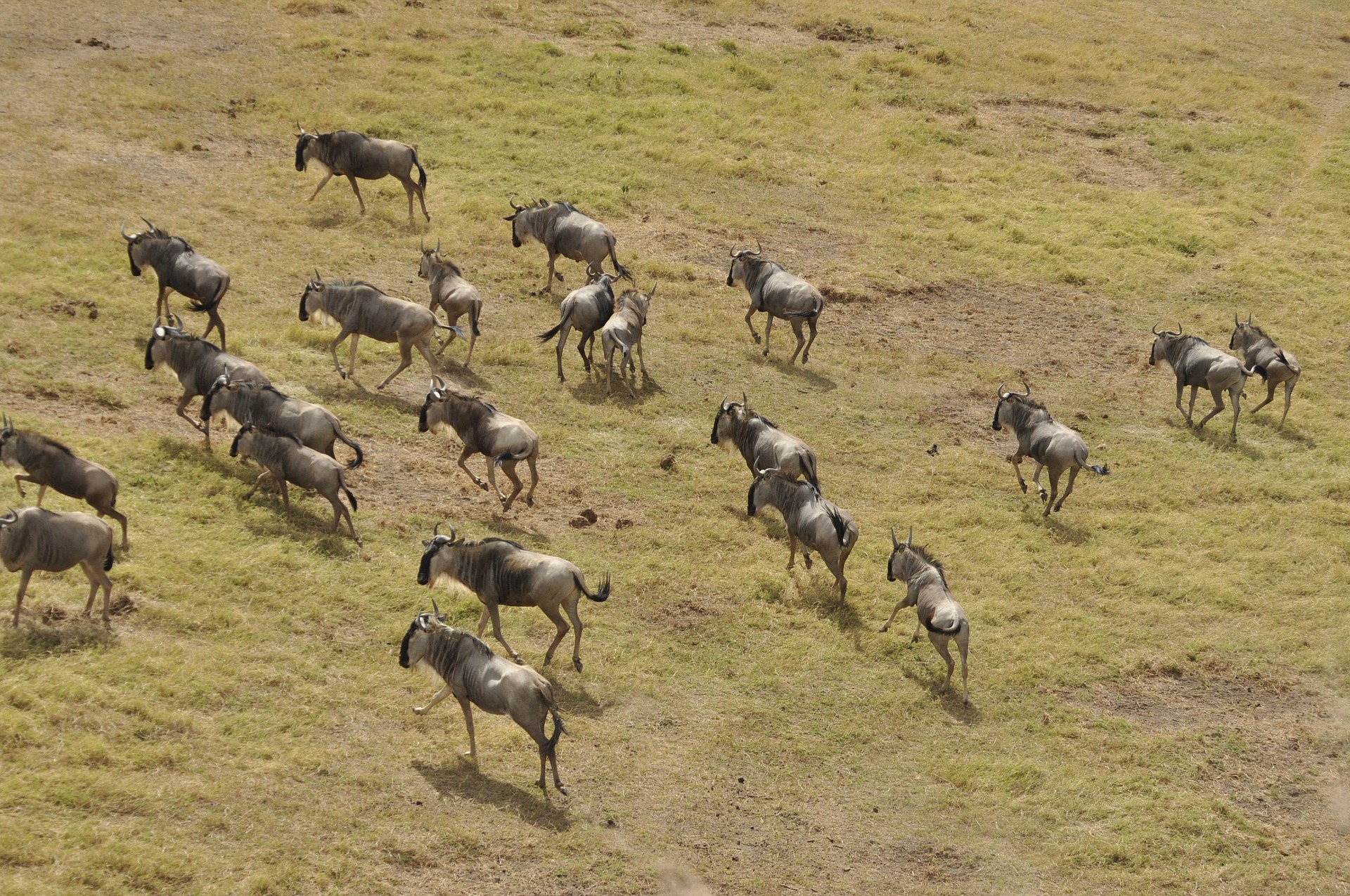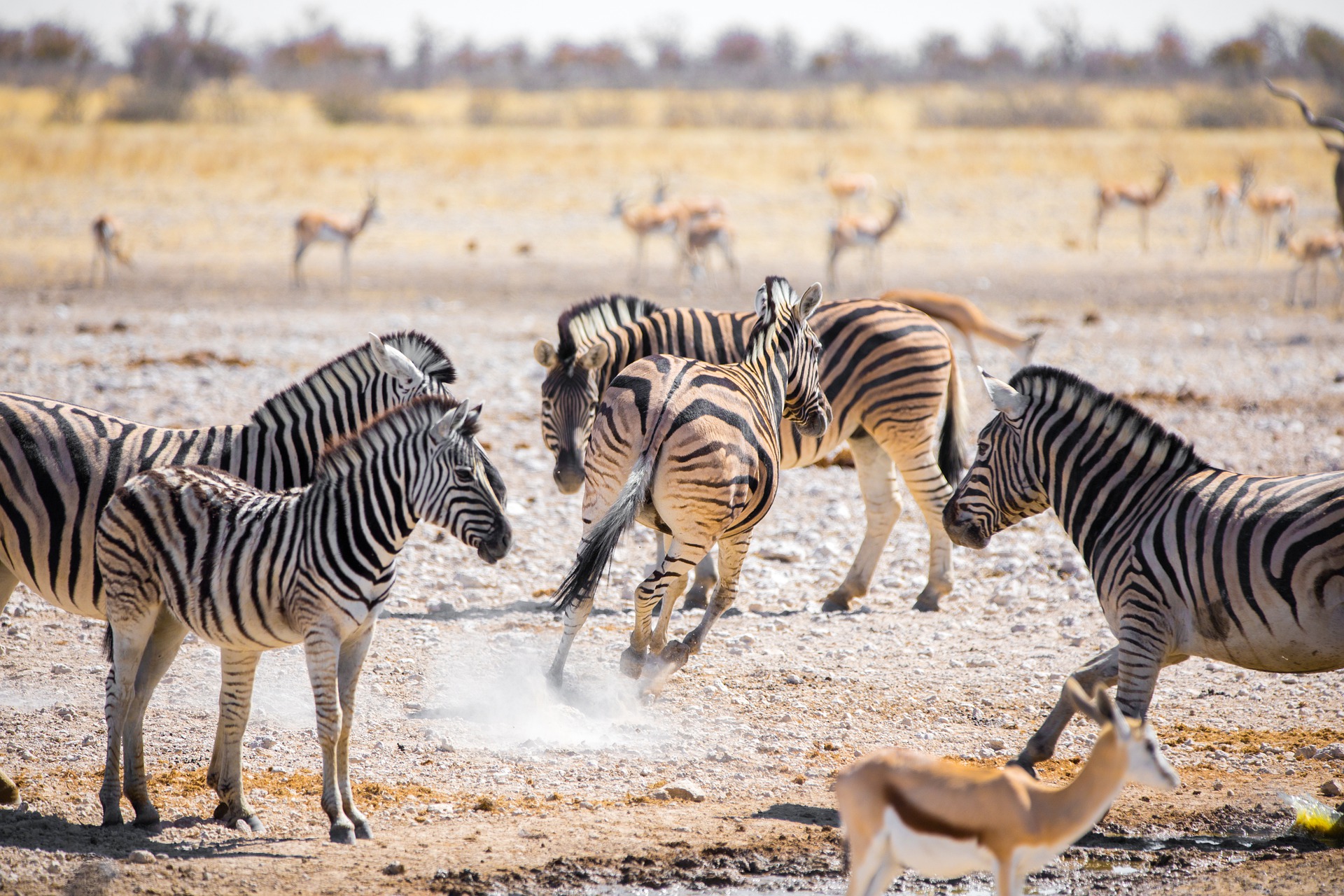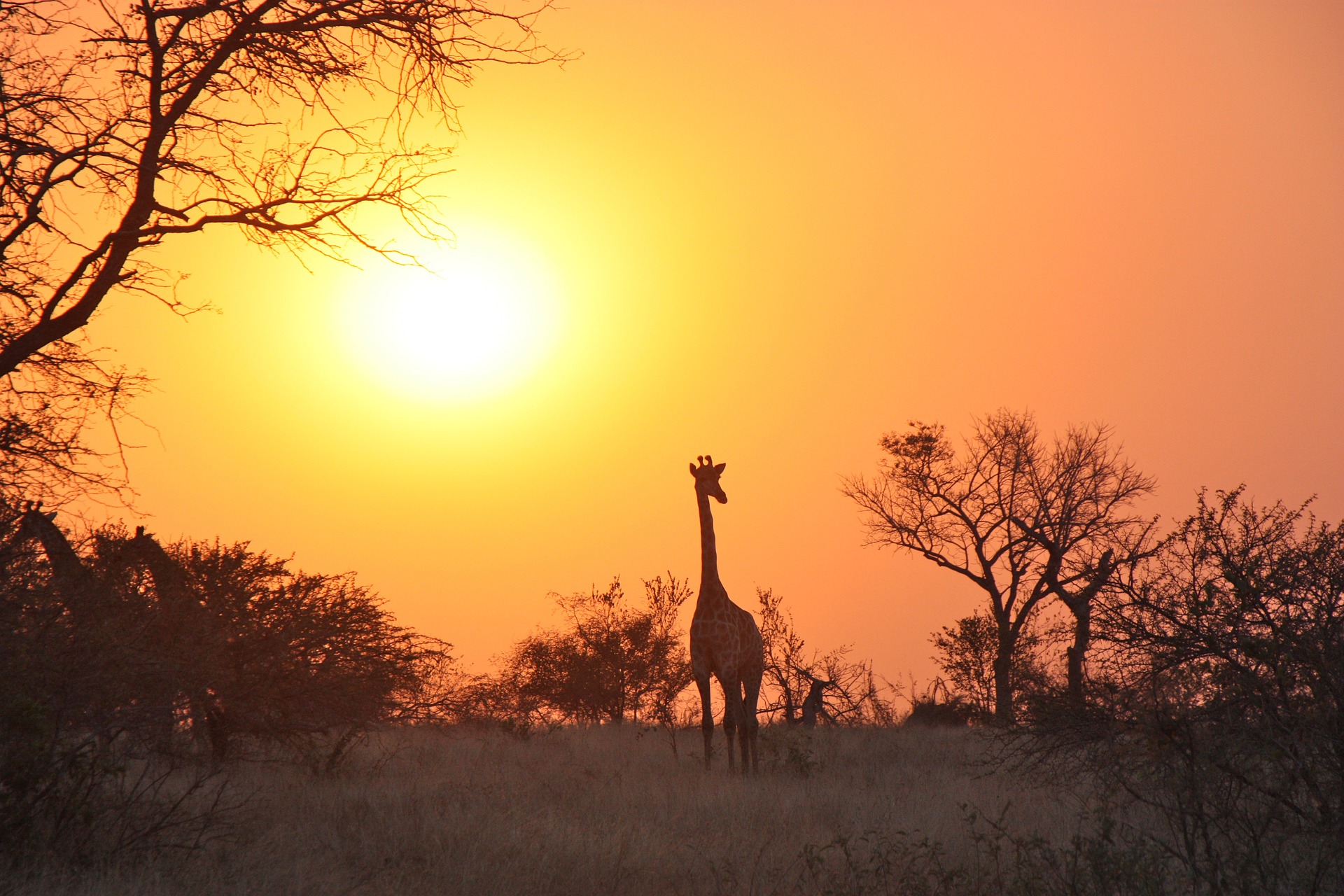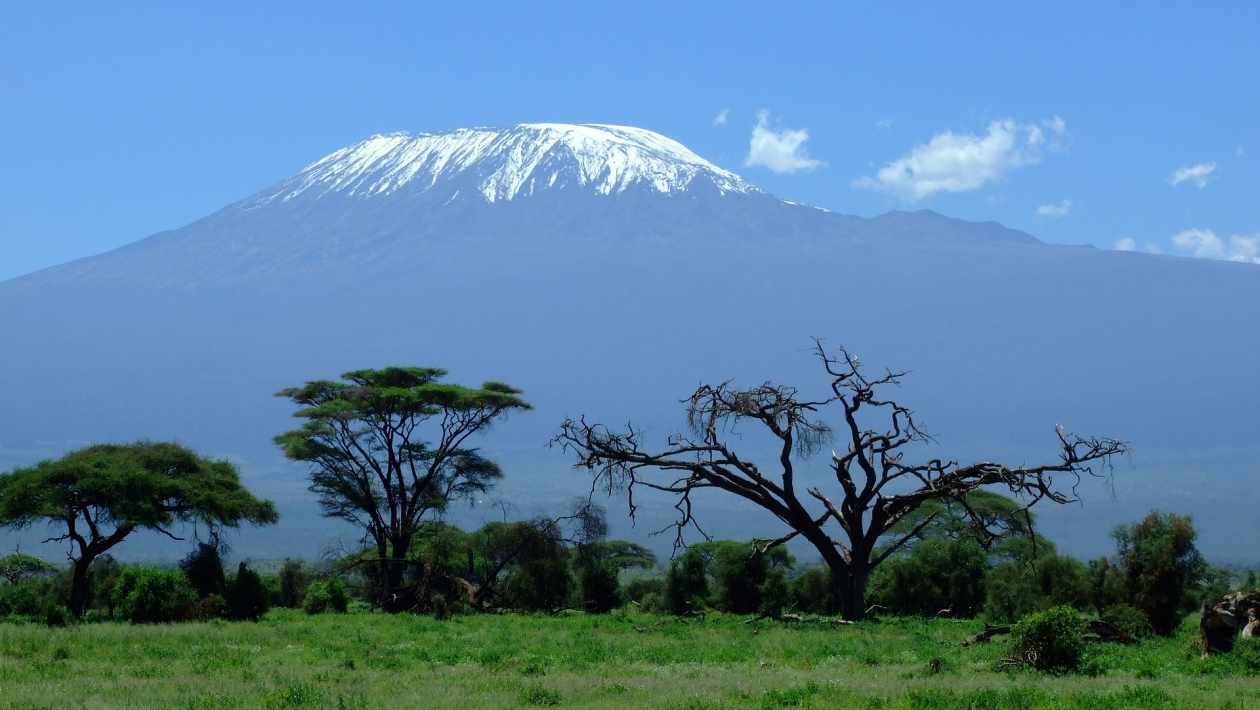With travel restrictions being gradually eased around the world, the time has come to reflect on how to escape from the post-pandemic blues to a place that is absolutely safe as it can possibly get. Find where to go in Africa for a Safari Holiday in 2021.
A remote getaway in the wilds of Africa could surely provide you with the answer you have been yearning for, to escape from the madness caused by the virus, as 2021 approaches. That said, the vast continent abounds with so many incredible spots for viewing wildlife, that only an in-depth analysis like this one can reveal as to where to head for in the coming year to enjoy the perfect African Safari Holiday in 2021.
If you want to skip the groundwork, simply embark on an exciting adrenaline packed African safari with Naturetrek and forget about doing any research at all. They will handle everything for you and ensure you have a ‘wild’ time in the African bush.
Table of Contents
Kenya-Masai Mara National Reserve
Home to the Great Migration and indeginous Maasai communities, the Masai Mara is without doubt one of the most spectacular places on the planet to see wildlife in a flourishing habitat. Bathed in the glow of the surreal golden sunsets, the quintessential landscape of the African savannah comes alive with such an abundant collection of wild animals that one will be considered distinctly unlucky not only to spot the Big 5, but an array of other fascinating species as well.

With the limelight on Masai Mara, Kenya as a whole has some really exclusive lodges which support excellent wildlife and also adopt ground-breaking projects towards conservation to save some of the most iconic animals, like the reticulated giraffe and the Grevy’s zebra, among others. With such admirable protection, it is no wonder that animals thrive in this excellent environment, and where some of nature’s greatest spectacle like the Great Migration unfold.
Namibia-Skeleton Coast & Etosha Pan
Imagine a desert destination, full of sand dunes, where you can spy upon a lion through your binoculars and share real life wildlife stories around a cosy campfire at the same time.This happens to be Namibia, extending from the sands of Sossusvlei to the arid savannahs of the world famous Etosha National Park, where the diminishing vegetation makes wildlife sightings so incredible and heart-pulsating, that those who have a love of adventure can always have an adrenaline filled experience.
Ideally, a six day Namibia desert and Etosha National Park trip can showcase the best of the country’s big game location on the salt pans on a safari drive in the 50,000 square kilometres Namib-Naukluft National Park. Apart from the astonishing sand dunes of Sossusvlei, desert animals like Springbok, Gemsbok and the Burchell’s Courser can be spotted. Add to it the massive colony of over 80,000 Cape Fur Seals at Cape Cross on the Skeleton Coast and get up close to the black rhino at Damarland, you have an exceptional holiday in a region of Africa that is unlike anything else will ever come across.
Tanzania-A country of extremes
Home to the highest peak in Africa and lying just south of the equator, Tanzania is known for its massive gatherings of land mammals, not seen anywhere else in the world. With a staggering 35% of the country’s land earmarked just for wildlife and their conservation, it is no wonder that there is sufficient habitat for the wild animals to thrive. The lions, zebra, wildebeest and gazelle which prowl the Serengeti in abundance provide ample testimony to the extraordinary richness of the Tanzanian savannahs.
The permanent waterholes of the incredible Ngorongoro Crater teems with colourful birds and endangered mammals like the Black Rhino. While Arusha may pale in significance as compared to its more popular neighbours, it holds forests full of endemic birds and colobus monkeys frolicking under the watchful eyes of Mount Kilimanjaro. The Tarangire National Park is another wilderness of baobabs trees, an ideal stronghold for lesser Kudu, Eland and Impala, while the famous tree-climbing lions can be found in Lake Manyara.
South Africa-Rare and endangered wildlife
While the Big 5 enjoy a lot of prominence on any African Safari Holiday in 2021, there are plenty of other rare and lesser known species in South Africa that are equally if not more fascinating than the five super stars. So if you are heading to this corner of the world make sure who the top rare animals are and where to find them. The Blue Crane is the national bird of South Africa and listed vulnerable on the IUCN red list particularly because they tend to get injured often due to a blind spot in their vision. A high density of them can be found in Karoo. Another rare and critically endangered mammal, the Black Rhino can be found in some South African game reserves, like Kruger, created to halt the demise of these species.

Sad but true, the African Penguin is hanging close to extinction due to habitat loss and dwindling stocks of fish. These penguins are best seen on Boulders Beach near Cape Town. With under 5000 individuals left in the wild, the Wild Dog or painted wolf is another spectacular animal rarely seen up close. Packs of 10-40 members can be seen in the Pilanesberg National Park. While the diminutive Pangolin is widely distributed, only the lucky few can come across them in the wild. They are easily the stars of any safari trip and can be found in Kruger and Sabi Sands Game Reserve.
Zambia’s Luangwa National Park
The impressive Luangwa River passes through the South Luangwa National Park and this unique combination has resulted in formation of vast open grasslands and dense forests. The unspoilt vegetation has acted as a boon for the prolific wildlife of the region and is easily the highlight of eastern Zambia. The beautiful park is spread over an area of nearly 9050 square kilometres of dramatic and fascinating topography not to be found anywhere else in Africa. Till today, South Luangwa National Park remains an abode for animals still untouched by the presence of modern humans.

Due to the quality of protection provided and the intactness of the Luangwa River, wildlife connoisseurs often keep returning to the same camps from time to time. The quiding too is highly professional, and the dense concentration of animals can satisfy the appetite of any safari enthusiast. Some of the unique animals include the Crawshay’s Zebra with its distinctive markings than those found on his cousins further south.
When you set your eyes upon a threatened rhino in the wild for the first time or lock eyes with a lion as he strides across his territory, you will soon realise your African Safari Holiday in 2021 was worth all the sacrifices made, the distances traveled and every penny spent. This is the sole reason why an African safari experience is truly breathtaking and ensures that once you travel to the best places, you are guaranteed of a worthwhile trip and a memorable experience.
I am a simple girl who loves to write and play football. My interest towards writing has made me write a lot of eBooks and short stories. I believe writing is that passion which helps you connect with your readers.


